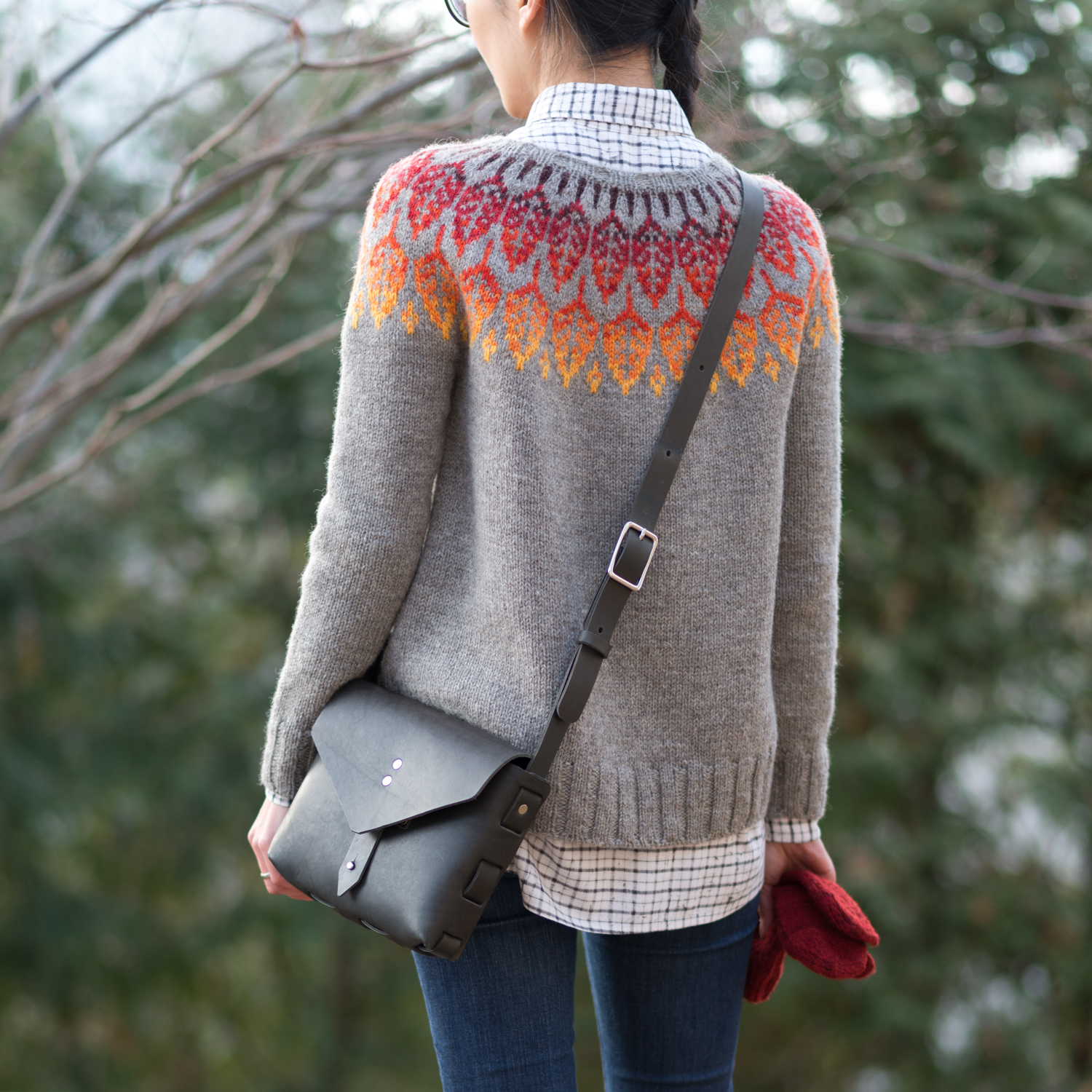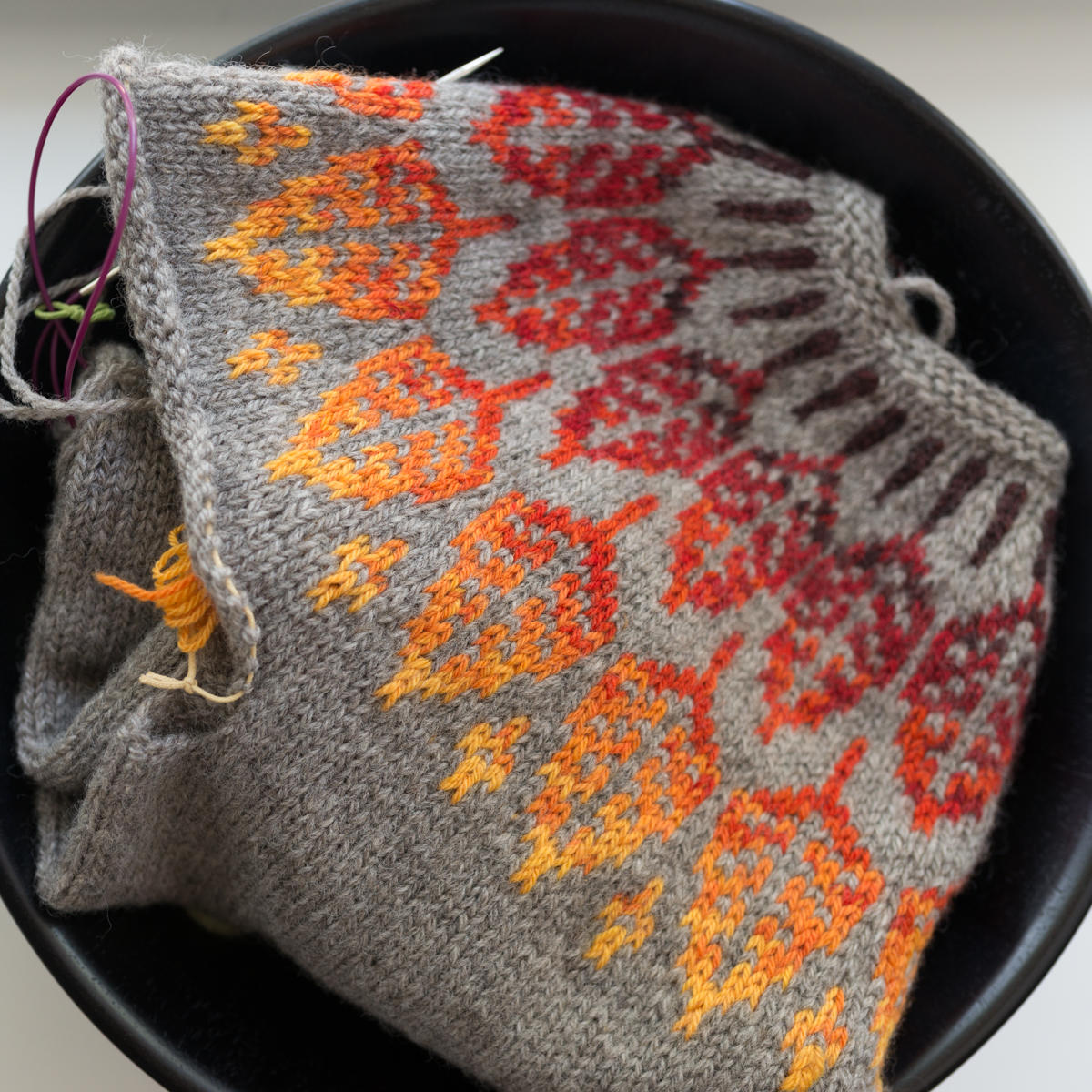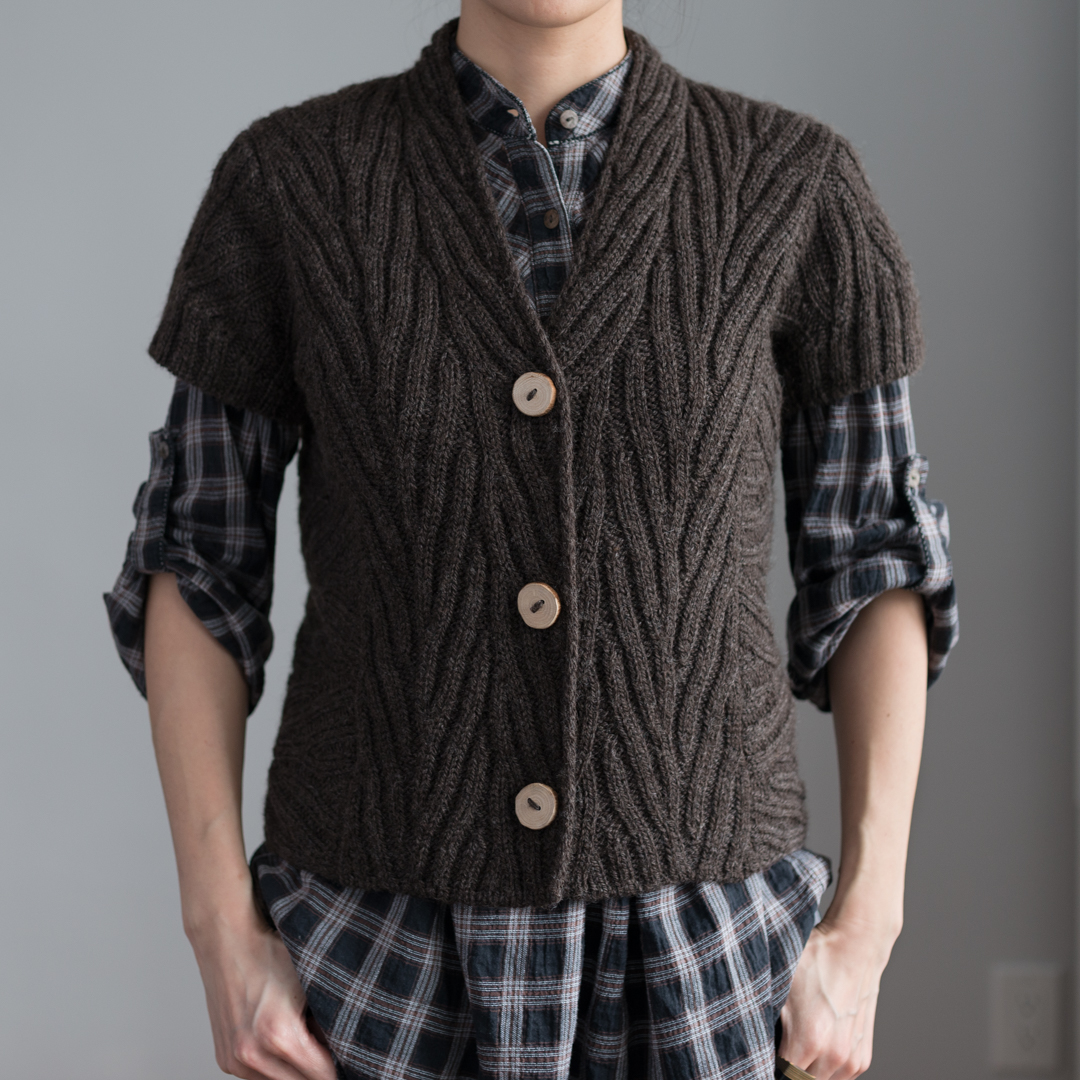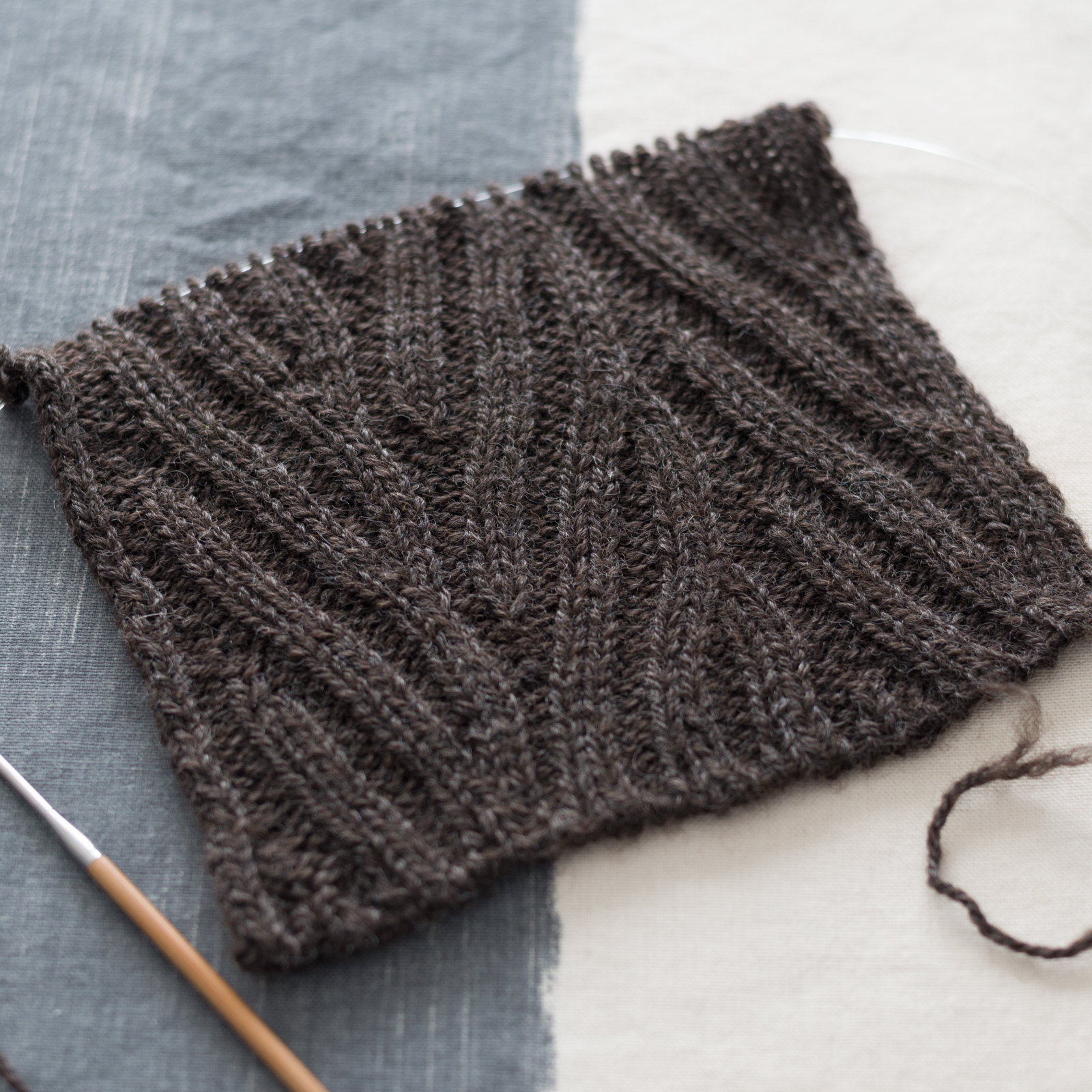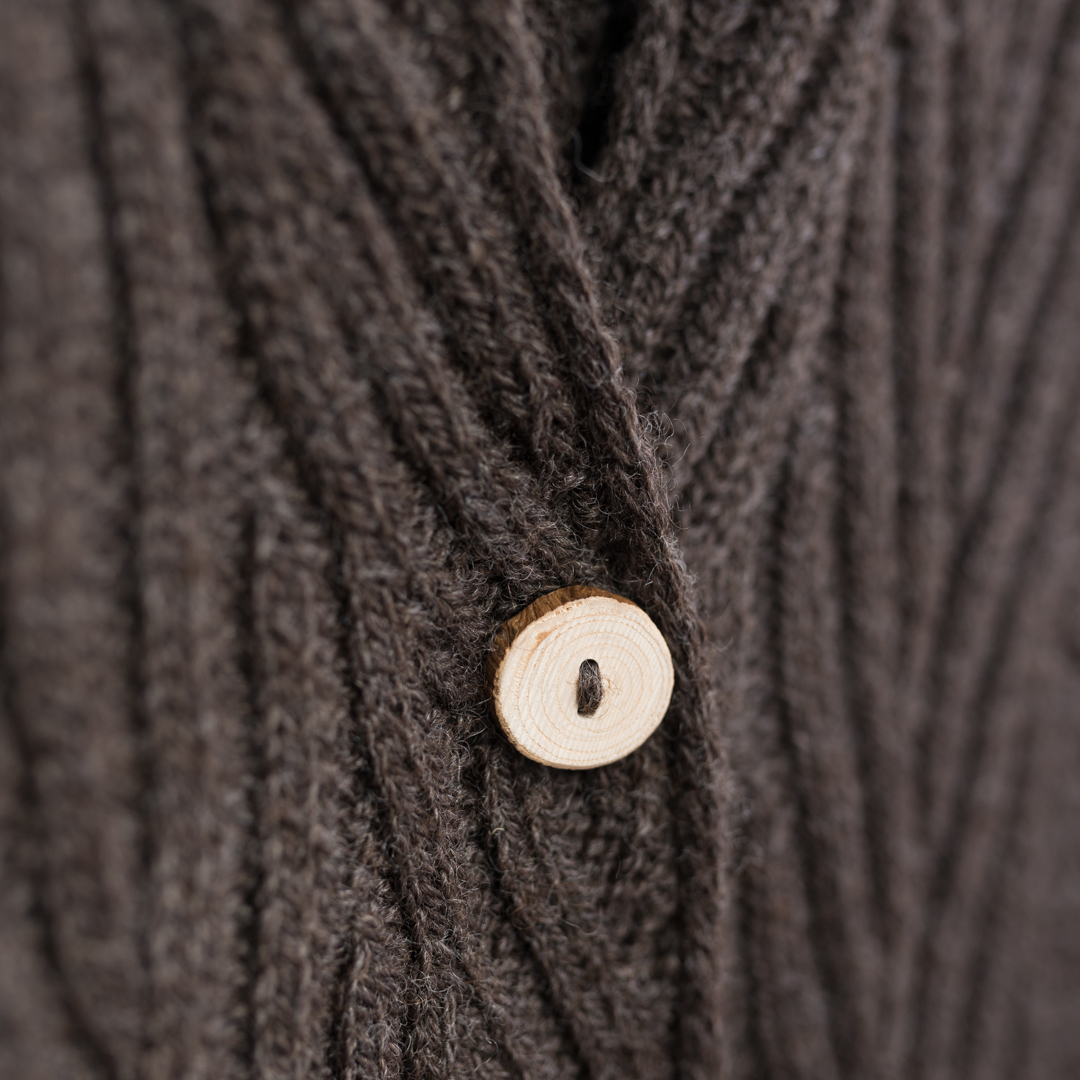Over the last decade or so, I have observed a dismaying trend in the yarniverse. Take a moment to locate your nearest settee upon which to collapse and now get your pearls clutched.
Ready? Lace-weight1 yarns have been disappearing from shelves, never to reappear. A number of my favourite stand-bys are now discontinued or dropped from the catalogues of many vendors and the one kind of lace weight I avoid as much as possible, the mohair blend, is often the lone lace weight on offer at any given yarn shop.
Is this a true crisis in the grand scheme of things? Probably not really. Has this calamity registered in the pysche of of the average knitizen? Probably not one iota.
Perhaps you haven’t noticed the dearth of lace-weight yarn because I’m totally imagining it, or, just as likely, you belong to the majority of handknitters, who do not knit with lace weight on the regular except maybe to combine a strand of mohair with an equally dear strand of premium yarn or two.2 Then again, you cannot knit yarn that you cannot buy for love or lucre.
I heard some time ago that lace weight was falling out of favour and hence, a number of yarn companies had started phasing it out and many indie-dyers did not consider the effort of wrangling 600-or-more-yard skeins worthwhile.3 If you’re anything like me, that sent chills down your spine. Of course, there are other options for people who like knitting with tiny needles and working endless rows. For instance, one can unravel commercially produced sweaters and rehabilitate the resulting yarn or combine strands from cones of superfine yarns spun for industrial knitting machines. One can learn to spin. But all that is going too far, even for the likes of me. Besides, why steal the joy of shopping for a new hank of yarn from myself? It ranks as one of life’s great pleasures.4
Pretty, right?
A bowlful of scrumptious lace weight yarns--most of them from the atelier of the super-talented and wonderful Julie Asselin. She has single-handedly kept me from the pits of knitting despair these last few years.
For a list of the yarns pictured above, please see footnote 5.
I do enjoy knitting at other gauges, but after decades of knitting, I seem to have found a sweet spot with lace weight yarn. It’s not as if I did not appreciate the multitude of delightful pictures of people knitting blankets with their forearms (I did) or that I have any need or desire to wear lace shawls (I don’t). I belong to a bygone era (spiritually speaking, since it is one that predates my birth) that prefers yarns that knit up at a tension greater than 8 stitches per inch.
Most people only think of knitting lace with lace weight but it doesn’t have to be. Others will only knit lace weight if they own a standard gauge knitting machine but you don’t have to since needles smaller than 1mm exist and 2mm needles (my preferred size) abound. (Which has me wondering: if it’s so easy to find 2mm needles, why is no one apparently knitting anything with them?)
In all fairness, I do not know what the non-internet knitters are knitting but they don’t seem to be buying enough lace weight to make it worthwhile for yarn purveyors to sell it to me. Except for mohair.6
I recognize that I cannot single-handedly bring back lace-weight yarn but allow me to make a case for its continued existence anyway. You may still conclude that I’ve lost all contact with reality but perhaps you’ll consider some of my points.
- Entertainment value
— If you compare the number of knitting hours to dollar ratio, you get far more out of 100g of lace weight yarn than say, 100g of worsted weight. I consider lace weight to be roughly 800 yards per 100g and worsted is roughly 200 yards per 100g, which makes lace weight about four times the fun. If you just want a final product fast, yes, go big. Or get a knitting machine, which, incidentally, is quite an awesome device and so much fun as well! (Once you conquer the learning curve, that is)
- Sustainability
— If you still care, this fits right in with the whole slow fashion ethos, emphasis on the slow
- Wearability
— Admit it, garments and accessories knit with lighter-weight yarn are more comfortable and more versatile to wear, especially if you like to layer. Ever notice how commercially knit garments and accessories mostly do not feature yarn thicker than a sport weight? I went through the super-bulky yarn phase and it was fun but I was younger and more determined to overcome the discomfort of not being able to fully lower my arms or bend my elbows
- Hand pain
— As in, less of it. I have some nerve damage in my hand and I seem to have chronic wrist pain now that I’m old. Knitting with laceweight has been a mercy. Yes, yes, I was advised by multiple professionals to lay off the knitting and I mostly have but when I absolutely must pick up needles to soothe a (my) troubled soul, a lightweight project knit with very little strain on my hands is just the
thing.[7]
- Stash volume
— You could easily hit
SABLE
and your entire stash still fits in a single tote bin. That bowl of yarn pictured above will easily keep me knitting for years
- Portability
— A lace weight project is very easy to pack and carry. It’s tiny and hardly weighs a thing
- $$
— The other, and perhaps more important value-add is the amount of money you would need to spend on a lace-weight project. This is of course dependent on multiple factors but 100-200g of laceweight will be all you’ll need for most anything you’ll knit at this weight. Compare this to a comparably-sized garment made with worsted weight yarn
My last point is possibly the least relevant to you unless you are absolutely desperate to knit the patterns I have not revealed anywhere,8 nearly all of which feature lace weight yarn--half of which have been discontinued and the other half may be facing extinction if the tide does not change. I’d rather not be stuck with a bundle of patterns that are designed for phantom yarn. But it seems I may be late to the party once again.
Nevertheless, I still have plans to publish my patterns over the coming months (or if past performance is any indication, years) and maybe my tiny plea for the lace weight category will be joined by other tiny pleas to create a sound heard by yarn shops and yarn producers that can’t be ignored. My patterns are still likely to be, but that’s a different issue altogether.
1 When do you hyphenate "lace weight"? Copilot gave me some contradictory instructions but I am attempting to follow them as best I can because damned if I know any better. Copilot also adamantly insisted that "laceweight" is not a thing. I beg to differ but, again, who am I to say?
2 Statistically, you belong to the majority, however, if you’re here reading this, I think that puts you squarely into micro minority territory so maybe you hear me and your alarm bells are clanging too...but still not likely
3 I think full-on lace shawls enjoyed their little resurgence with knitters back in the aughts but have fallen out of favour (except among the die-hards)—probably for another hundred years3a
3a I would worry about the pushback this tongue-in-cheek prediction would receive from the contingent of devoted lace knitters out there but then I'd have to have some faith that this blog hasn't lost all of its two readers in the last few years of complete radio silence
4 If one is a knitter or married to one
5 Nurtured Fine, by Julie Asselin. Colourway: Anémone
Merletto, by Julie Asselin. Colourway: Noir d’Encre & Licorice
Anatolia, by Julie Asselin. Colourway: Après La Pluie
Silky Alpaca Lace, by Classic Elite Yarns. Colourway: 2413 Night
Silkpaca, by Malabrigo. Colourway: Paris Night
Lacegarn Birdies, by Rohrspatz & Wollmeise. Colourway: Casablanca
I fully endorse the purchasing of lace weight yarn, whether indie or not. Have at it!
6 By golly, the mohair. It photographs beautifully but its virtues end there. However, that isn’t going to stop me from exploring its uses for a pattern
7 Also, an egg timer to remind me to not knit for too long or else I may never knit again
8 Because that would require me to finish editing and we all know that is a task that is never complete(d)



